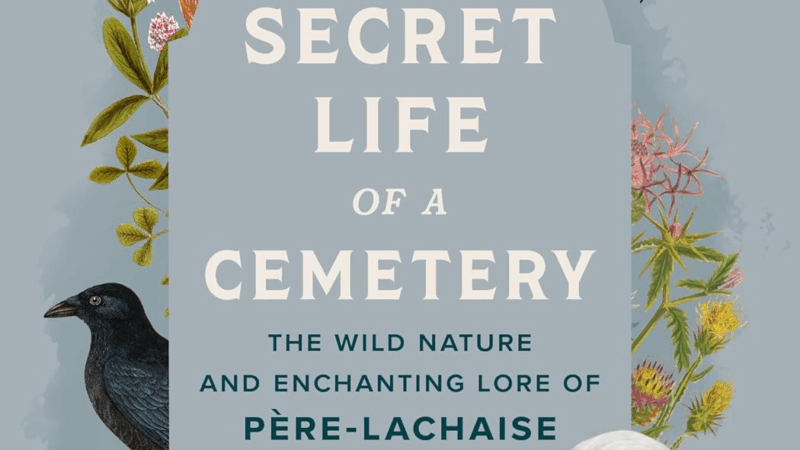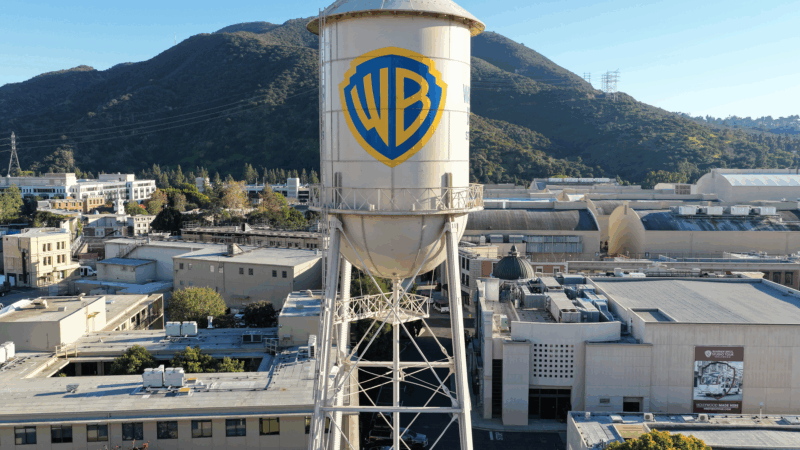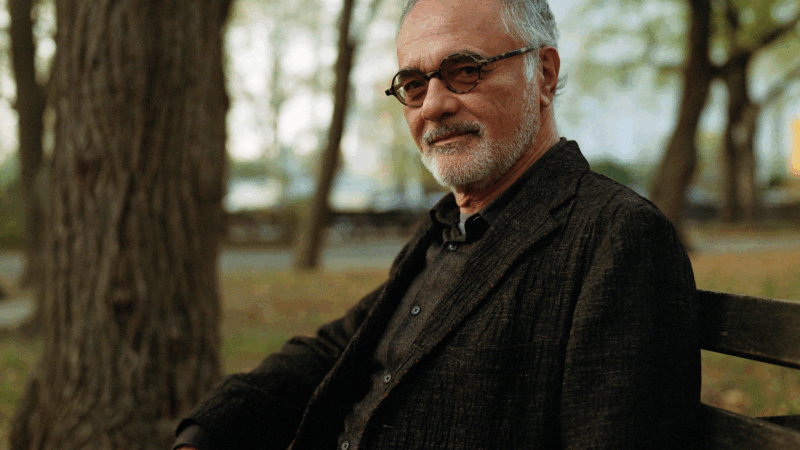What connects Fredéric Chopin, Marcel Proust and Jim Morrison? A final resting place
The Secret Life of a Cemetery is a paean to the renowned Parisian cemetery, Père Lachaise. This slim volume by Benoît Gallot, its enthusiastic head conservator since 2018, is as crammed with quirky facts as the 110-acre cemetery is crammed with burial plots.
Père Lachaise is also awash in “tombstone tourism.” About 10,000 visitors a day seek the graves of some 4,500 notable figures in this “open-air Who’s Who.” The most visited gravesite in what Gallot calls “a five-star hotel for all eternity” is Jim Morrison’s, The Doors frontman who was buried there after his death in 1971 at age 27. Other popular tombs include those of singer Edith Piaf, composer Fredéric Chopin, writer Marcel Proust and novelist and playwriter Honoré de Balzac. Author Oscar Wilde’s gravesite is a big draw, in part because of the castrated funerary statue of a flying sphinx that adorns his tomb. Gallot writes that the sphinx’s stone testicles provoked a public outcry when the sculpture was unveiled about a dozen years after his death. One rumor has it that they were removed by two appalled English women. Another myth, which Gallot denies vociferously, is that they’ve been used ever since as paperweights by successive conservators.
Given the large crowds, security is a constant concern. Morrison’s grave became a pilgrimage site of such inappropriate, “unrestrained revelry” that a protective fence had to be erected around it in 2004. In the latest unsavory trend, visitors stick chewing gum on a nearby tree, which is now swathed in protective bamboo.
Gallot reminds us sternly that although Père-Lachaise is tantalizing for sightseers, filmmakers, taphophiles (people fascinated with epitaphs) and local flaneurs, its primary raison d’être is as a working cemetery, a place of comfort for the bereaved.
Of Père-Lachaise’s 3,000 new occupants per year, nearly 2,000 are cremated in the cemetery’s crematorium. Remains end up either in a niche purchased in the columbarium, or sprinkled on the cemetery’s Memorial Green set aside for that purpose. The rest are interred in family tombs or in the rare plots that open up due to expired “concessions” — a term that refers to plots bought for specific term lengths under a system codified by Napoleon I in 1804. These concessions replaced the common graves in which bodies were piled unhygienically in churchyards throughout Paris for centuries. In one of his better turns-of-phrase, Gallot describes the mass stacked graves as “macabre mille-feuilles.”
The Cemetery of the East, as Père Lachaise was originally called when it opened in 1804, was the first to meet Napoleon’s new regulations. It was designed by architect Alexandre-Théodore Brongniart on the site of a Jesuit retreat and the home of Father Francois d’Aix de La Chaize, confessor to Louis XIV. Brongniart strove to preserve the natural landscape of the Charonne hillside, and his naturalist design ushered in a wave of rural cemeteries. Eventually known simply as Père Lachaise, it was expanded five times, most recently in 1850. Its 110 acres now accommodate around 1.3 million bodies and 4,000 trees.
I picked up this insider’s view of Père Lachaise hoping for something akin to Patrick Bringley’s 2023 memoir, All the Beauty in the World, a glorious behind-the-scenes guard’s-eye view of the Metropolitan Museum of Art. But Gallot’s more workmanlike prose and often trite observations, faithfully translated from the French by Arielle Aaronson, is better at capturing the nuts and bolts of this institution than its soaring spirit.
The author comes from a family of grave stonemasons in the small French village of Bray-sur-Seine. He was trained in law, and says his friends ribbed him when he took his first job in the death care industry as assistant general counsel for the City of Paris Division of Cemeteries: “You’re digging your own grave, man!” But he writes with pride of the varied responsibilities of his position, and touts the advantages of raising his four children on the lush cemetery grounds, an “open air museum” filled with beautiful statues, effigies, busts, and mausoleums.
He is particularly excited by the rebirth that has followed the banning of all pesticides in 2015, making Père Lachaise not just a place of death but a place of new life, “a haven of biodiversity for local plants, insects and even mammals.” His photographs, which capture the hidden life of the cemetery — fox kits, cats, stone martens, and some of the 60 species of birds that he’s spotted on his evening strolls — created a sensation after he started posting them on Instagram during the pandemic. Many are reproduced in black and white in the English edition. The French edition, with its full-color photographs and annotated site map, is far more charmant.
Gallot is so delighted by the acclaim that he jokes about someday putting a QR code linked to his Instagram account on his grave “so that people could continue to ‘like’ me in death.” Graveyard humor.
Heller McAlpin has been reviewing books for NPR since 2009.
The Warner Bros. Curse
Warner Bros. has a history of disastrous mergers and acquisitions. Can they avoid another bad sequel as Netflix and Paramount battle to buy it?
Built to spill: The life of a crash test dummy
Automotive crash test dummies are born in Ohio, brought to "life" near Detroit, and then sent around the world to make cars safer.
Chain restaurants are hit by tariffs and inflation. How do they control costs?
Inflation, rising food prices and the high cost of living has been top of mind for consumers all year. But then Olive Garden offers an unlimited pasta meal or a chain steakhouse restaurant sells a steak dinner with two sides for less than 30 bucks. So, how are chains are able to keep prices as low as they do in this economy?
Mahmood Mamdani on how Uganda’s history shaped his belonging — and his son’s moment
NPR's Leila Fadel speaks with Professor Mahmood Mamdani about his new book, "Slow Poison." The book is a firsthand report on the tragic unraveling of Uganda's struggle for independence.
Teachers are using software to see if students used AI. What happens when it’s wrong?
School districts from Utah to Ohio to Alabama are spending thousands of dollars on these tools, despite research showing the technology is far from reliable.
Republicans divided on policy toward Afghan immigrants after shooting
The signs of Republican pushback come as President Trump has pursued a campaign of mass deportations and crackdown on migration from certain countries.







